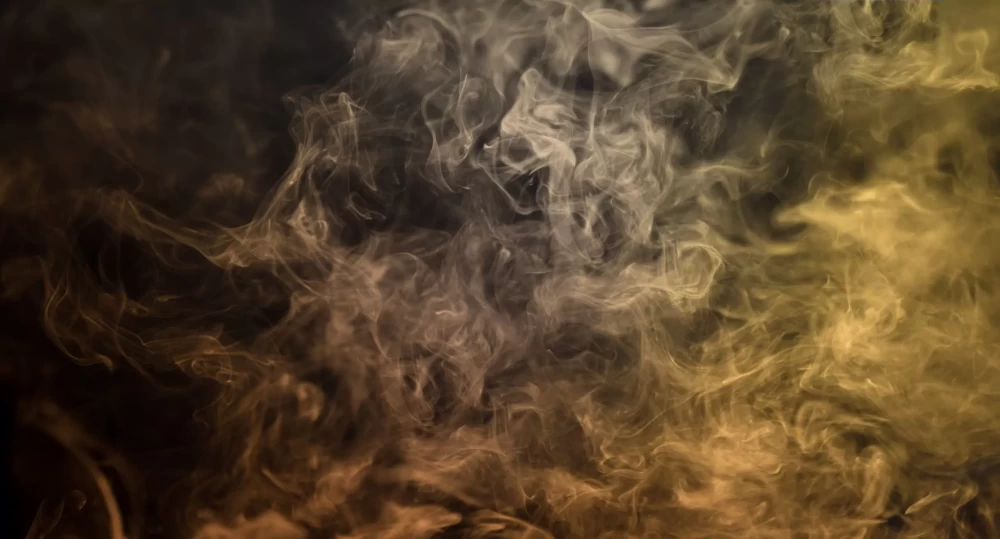
A Complete Guide To HSG258 Compliance
This guide will explain everything you need to know about HSG258 compliance. You’ll learn what HSG258 guidelines are and what the risks are if you aren’t compliant. We’ll then explain how we can help you stay compliant with the latest guidelines.
What is HSG258?
So, what is HSG258? Put simply it’s a guide from the Health and Safety Executive (HSE), the UK government body in charge of Health and Safety, to control airborne contaminants at work through local exhaust ventilation (LEV).
This guidance aims to inform employers about how to decide which LEV type and design to use. It also explains how to commission and effectively test LEV.
HSG258 guidance helps prevent damage to workers’ health due to exposure to dangerous gases, vapour, dust, fumes and mist by guiding employers so they can effectively implement proper ventilation solutions.
What industries are affected?
Although any workplace that deals with exposure to airborne contaminants will need to be HSG258 compliant. The main industries that are affected by HSG258 compliance are;
- Woodworking
- Welding
- Paint-spraying
- Stonemasonry
- Engineering
- Foundry work
- Beauty
- Dental
- Electronics
- Laser
- Pharmaceutical / Medical
- Forensics
- Laboratories
- Research and Development
- Veterinary
- Podiatry
- 3D Printing
HSG258 guidelines
The HSG258 guidance is an in-depth document which explains LEV ventilation, the roles and responsibilities involved in LEV management as well as provides a deeper knowledge of airborne contaminants. It also explains how to design, install, and commission an effective LEV system.
Key takeaways
- Who’s responsible – HSG258 compliance is a joint responsibility. The employer is responsible for ensuring controls reducing airborne contaminants are adequate but the whole supply chain has a role to play in compliance.
- How are air contaminants caused? – The control system needed is determined by the type of material used and the process that causes the contaminant. The type of contamination is called the form and the process that creates it can vary from rotating tools and parts to heating and cooling processes and much more in between.
- What methods of control are the most effective? – The types of contaminants and processes can affect the performance of different control methods. The supplier and employer should work together to develop a system that considers the contaminant cloud, work process requirements, operator’s requirements and LEV hood. Failure to consider these elements can result in ineffective or unreliable LEV.
- Proper documentation must be in place – A user manual and log book must be in place to ensure safety at all times.
- Testing must be thorough – Detailed testing must be sufficient to make sure that the LEV system performs as it should. This can be carried out by a competent person or contractor.
What are the risks if you are not compliant?
Every year, thousands of British workers contract lung diseases caused by their working environments. This can lead to serious illness, disability and even death. These diseases, such as occupational asthma, are developed by breathing in too much dust, fumes or other airborne contaminants.
Exposure to contaminants is often preventable and is caused by a lack of control measures in place. By not providing proper ventilation, not only are you putting your employees’ health at risk, but you can also be at risk of legal action if you are not compliant.
How can Purex help?
As a leading supplier of fume extraction, Purex has years of industry experience assisting employers with their HSG258 compliance requirements. We provide high-quality technical support and can assist with complex designs and provide solutions for difficult extractions.
All our systems have been designed with ease of maintenance in mind, components and filters can be removed in minutes which reduces the amount of downtime involved. We also provide a full LEV testing service, ensuring testing is sufficient and compliant. What’s more, we’re also great value for money, and able to beat any like-for-like quote.
Explore our product range to find the best fume extraction system for your business or talk to one of our experts today to find the right system to keep you compliant. Alternatively, check your existing fume extraction system by booking an LEV Test with our team.
Latest insights
-

How Fume Extraction Improves Workplace Health and Safety
We all know that health and safety is paramount in the workplace. But how do fume extraction systems improve this? In our guide, we’ll explain h... Read more -

How Does A Laser Cutter Fume Extractor Work?
Where are you right now, and what can you see around you? Perhaps you can see a lamp, table and chairs – or maybe you can spot jewellery, tools... Read more -

Protecting Welders from Harmful Fumes
Designed to fuse materials, welding is a fundamental process in manufacturing and engineering industries. However, welding can also expose workers to... Read more
How Purex can help
We provide an excellent level of service and support, including our 24-hour technical support service and start-to-end projects. Get in touch with our expert team today to find out more.